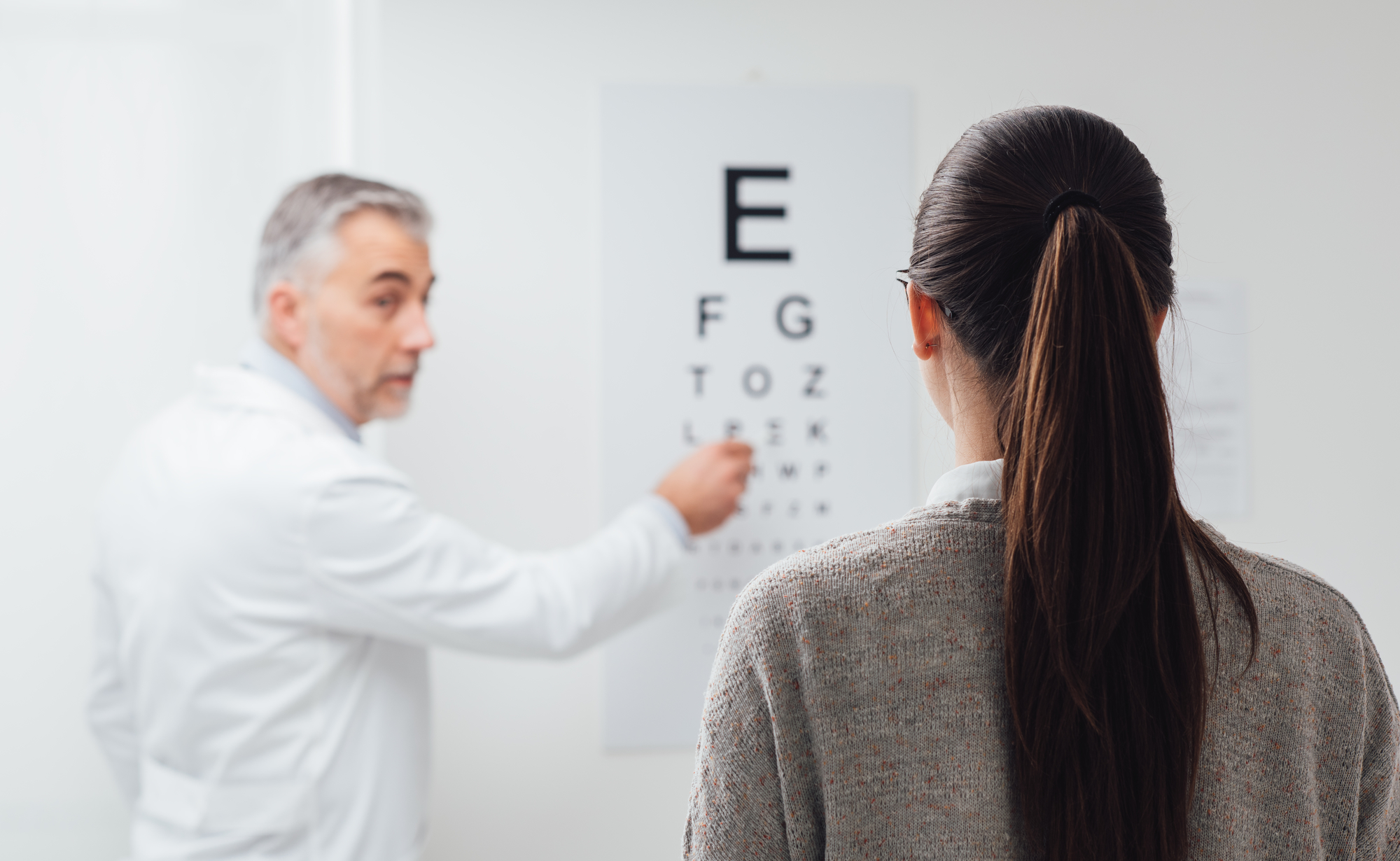Cataracts… What Are They And Should You Be Worried?
Cataracts are a common eye condition that can cloud your vision.
The clouding or discoloration of the eye’s lens caused by natural proteins that build up as we age.
Cataracts can start to develop during middle age but you may not notice any symptoms until later in life.
90 percent of people in the U.S. will have cataracts by the age 65.
There is no prevention or cure for cataracts.
SIGNS OF EYE CATARACTS
Have you noticed more blurring in your vision, even with glasses? Having trouble driving at night? Have you been squinting at the TV? You could be developing cataracts.
By age 65, over 90 percent of people in the U.S. will have cataracts. They’re not a disease, nor can they cause irreversible blindness. A cataract is simply a clouding or discoloration of the eye’s lens caused by natural proteins that build up as we age.
If you think you might have eye cataracts, schedule an appointment to see if cataract surgery is recommended.
LASER-ASSISTED CATARACT SURGERY
For years, patients have asked us why LASIK technology can’t be used for cataracts. Now, our surgeons can use a femtosecond laser called LenSx that brings new levels of safety, accuracy and customization.
During the initial phase of cataract surgery, surgeons employ the LenSx laser to make the primary incisions needed for cataract removal. It can also help eliminate corneal astigmatism and soften the cataract for easier removal.
With LenSx surgery, incisions are made with a computer-controlled, blade-free laser. LenSx gives surgeons a brilliant, three-dimensional map of each eye, allowing the laser to be applied in the most precise and accurate manner possible.
LenSx is a femtosecond laser, which is a device that creates bursts of laser energy at an extremely fast rate. Femtosecond lasers work similarly to LASIK lasers, using ultrafast energy pulses to target and break up tissue or other substances at a molecular level without damaging nearby areas of the eye.
CATERACT SYMPTOMS
Most people begin developing cataracts during middle age but may not notice any physical signs. Cataract symptoms include:
Blurred vision
Seeing starbursts and/or halos around light sources
Sensitivity to light and worsening night vision
Needing more light to read
Fading or yellowing of colors
Frequent changes in your eyeglass prescription
CATERACT TREATMENT
There are no medications, exercises or optical devices that can prevent or cure cataracts. If your symptoms interfere with daily activities, you may want to consider surgical solutions.
Sabates Eye Centers offers the most up-to-date and cutting-edge technology in both traditional and laser-assisted cataract surgery. Both options are highly effective and safe. The choice between the two is made based on what works best for each patient’s lifestyle and budget.
TRADITIONAL CATERACT SURGERY
During cataract surgery, usually performed as an outpatient procedure under local and sometimes topical anesthesia, the cloudy lens is removed. The natural lens is replaced with a permanent intraocular lens implant (IOL). If both eyes have cataracts, these will be needing to be replaced one at a time, allowing several weeks for the eyes to properly heal.
Our ophthalmologists use microscopes and microsurgical techniques, utilizing ultrasonic devices that delicately break up cataracts into tiny pieces before they are safely removed.
Our cataract surgeons perform topical, clear corneal, no-stitch cataract surgery. While this approach is not possible for all patients, it allows for a more rapid visual recovery.


Could you publish some info like this on Macular Degeneration and what may be done to correct the condition for both wet and dry varieties? Thank you